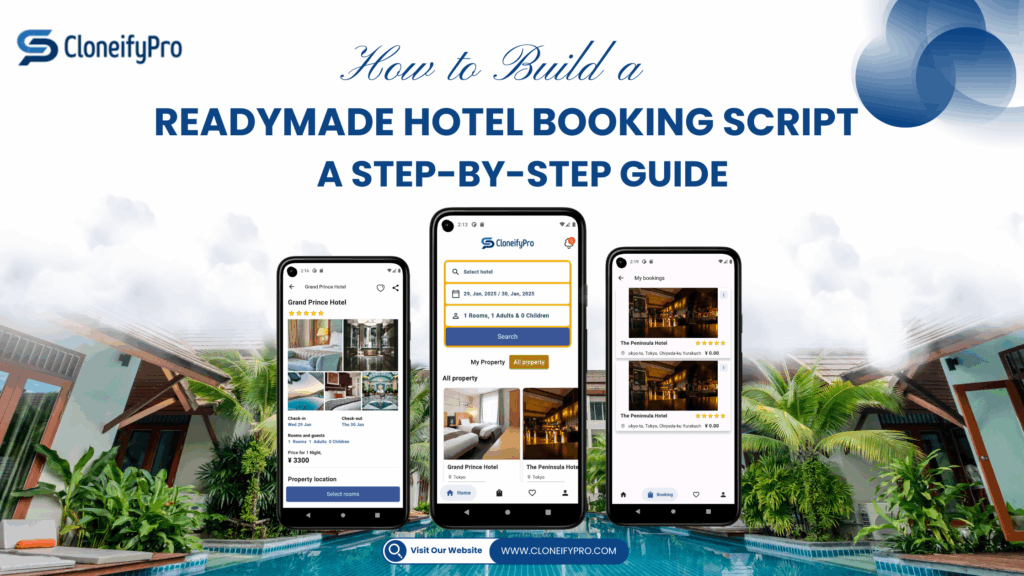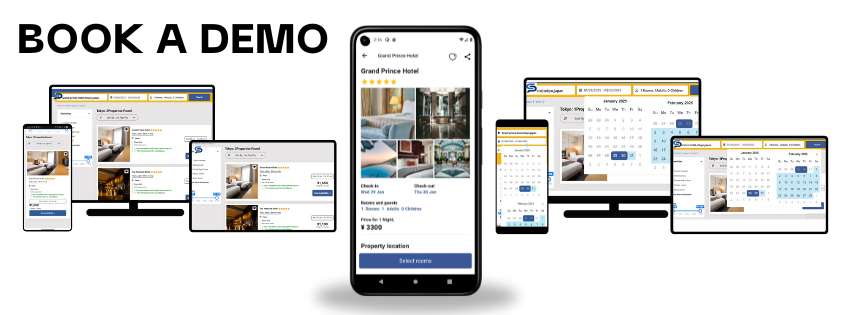
In today’s digital era, a robust hotel booking script can be the backbone of an efficient, user-friendly, and revenue-generating online hotel platform. Whether you’re a developer looking to build a SaaS product or a business owner seeking to streamline bookings, creating a readymade hotel booking script can save time and offer immediate value to clients. In this step-by-step guide, we’ll walk through the essential components, technologies, and best practices to develop a successful hotel booking system.
Before you dive into development, it’s crucial to identify the key features your hotel booking script must include. A well-rounded script should offer:
Clearly defining these features ensures you lay a strong foundation for your script’s architecture.

Selecting the appropriate technology stack is critical to the performance, scalability, and maintainability of your hotel booking script. Here’s a recommended stack:
Make sure your tech stack is aligned with your target audience’s requirements and budget.
An intuitive and responsive UI is essential for user satisfaction. Keep the design clean, mobile-responsive, and focused on conversion. Important elements to consider:
Use tools like Figma or Adobe XD to wireframe your design before actual development.
The backend is where the core logic of your hotel booking script lives. Here’s what to focus on:
Ensure your code follows clean architecture principles for easy maintenance and scalability.
Third-party APIs can significantly enhance the functionality of your hotel booking software:
Ensure all integrations are secure, fast, and comply with data privacy laws.
Testing is a non-negotiable step before launching your hotel booking script. Perform:
Use tools like Postman, Selenium, and OWASP ZAP to automate your testing processes.
Once your hotel booking script is tested and ready, deploy it to a production server. Set up the following for optimal performance:
Make sure the script is easy to install and configure for non-technical users.
A readymade hotel booking script is only valuable if it remains up-to-date. Provide:
Create a versioning system to help users keep track of new features and patches.
Building a readymade hotel booking script requires a strategic blend of feature planning, robust coding practices, seamless integrations, and user-focused design. By following the above steps, you can develop a powerful hotel booking script that is ready for commercial use and adaptable across various online hotel businesses. As demand grows for automated booking systems, a well-developed script can open doors to scalable SaaS opportunities, custom deployments, and long-term business growth.